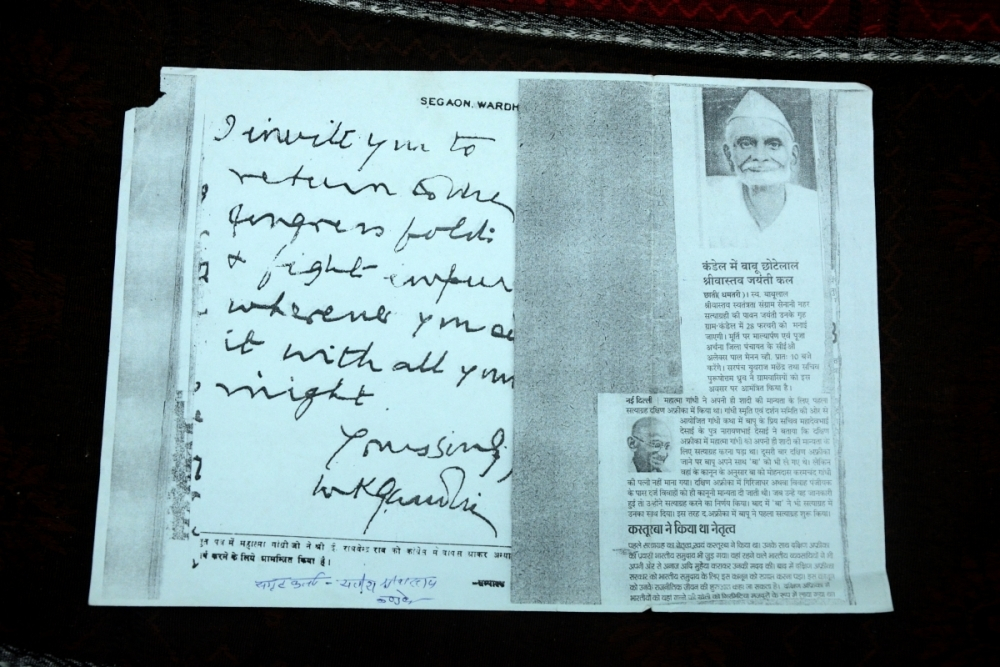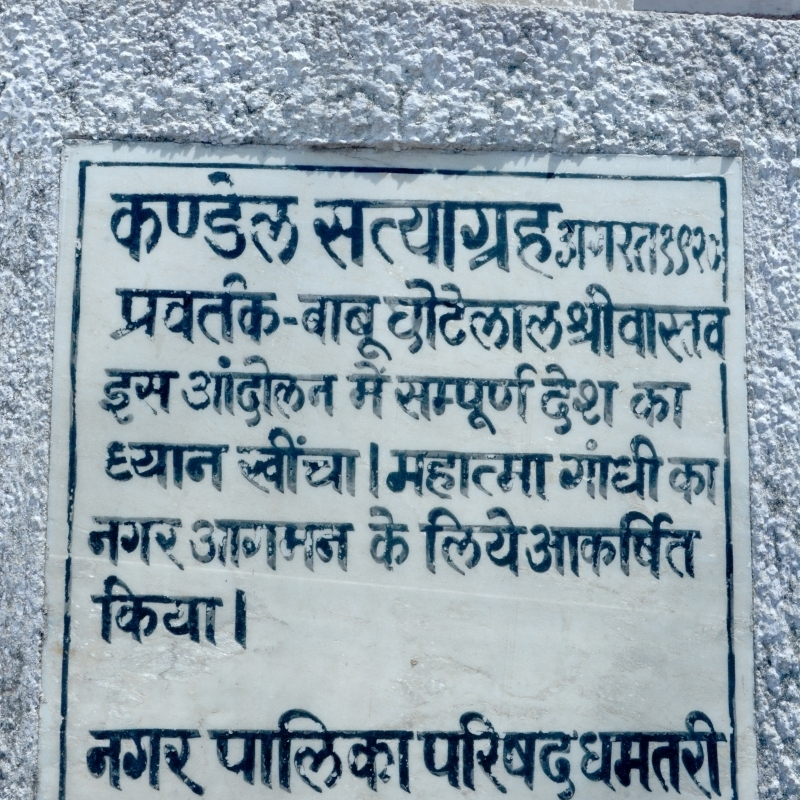Referred to as the Jal Satyagraha or Water Satyagraha, this incident in the village of Kandel was the result of a decree by the British government that imposed a very high irrigation tax on the people. (Photo Courtesy: Chhattisgarh Project/Sahapedia)
There were a number of incidents associated with the national freedom struggle—such as the Non-Cooperation Movement and Civil Disobedience Movement—and the contributions of Mahatma Gandhi, Motilal Nehru, Subhas Chandra Bose and the countless others who gave their lives for India’s freedom. As we focus on the nationwide movements that shook the foundations of British colonialism, we don’t often realise that countless smaller, regional revolutions or satyagrahas took place across the country. These satyagrahas not only added to the nationwide agitation, but often helmed a more grand and widespread movement.
Also Read | छत्तीसगढ़ में जल सत्याग्रह
The 1920 Kandel Nahar Satyagraha was the first of its kind under British rule in India, and even gained recognition from Mahatma Gandhi. Referred to as the Jal Satyagraha or Water Satyagraha, the incident was the result of a decree by the British government that imposed a very high irrigation tax on the people, the payment of which was impossible for the locals. The government also insisted that the local farmers enter into a 10-year contract with the state.
However, as Vipin Tirkey, assistant professor of history at Chhattisgarh’s Guru Ghasidas Vishwavidyalaya, wrote in a paper on the ‘Success of Various Satyagharas in Dhamtari Area (A Study from 1920-1930)’, the British government flew water into the fields of the villagers in Kandel and forcefully imposed a money payment warrant of about Rs 4000 on the villagers. In protest, the villagers launched a satyagraha against the government in the month of July.

The satyagrahis of Kandel decided to contact Gandhi for guidance and leadership on how to take the movement forward. Pt Sundarlal Sharma even went to Calcutta (now Kolkata) to meet him and invite him to Kandel (Courtesy: Chhattisgarh Project/Sahapedia)
The British administration tried to ‘illegally’ collect taxes from the villagers, but they—led by Pt Sundarlal Sharma, Narayan Rao Meghawale and Babu Chhotelal Srivastava—collectively agreed to protest by not paying. Unsurprisingly, the government did not take kindly to this and seized all their cattle for an auction. However, since the neighbouring villages and local authorities were cognisant of the government’s atrocities, no one bid for the cattle, foiling the British attempt to punish the rebellious Dhamtari locals.
The administration could neither recover the money nor arrange for ample fodder for the animals, who had started falling ill. This became a new problem for the administration, as both sides refused to give in. This, coupled with Gandhi’s nationalist cry to protest against the British government, led to the satyagraha that continued for five months. The satyagrahis of Kandel decided to contact Gandhi for guidance and leadership on how to take the movement forward. Sharma even went to Calcutta (now Kolkata) to meet him and invite him to Kandel.
Also Read | छत्तीसगढ़ का स्वतंत्रता संग्राम में योगदान
Interestingly, acknowledging the gravity of the issue, even the officials of the irrigation department supported the villagers. By that time, the Jal Satyagraha had created quite an uproar, and the deputy commissioner of Raipur launched an investigation into the matter, ultimately deciding in favour of the locals. The fine was cancelled and the cattle returned to their respective owners. By the time Gandhi visited Kandel for the first time on December 21, 1920, the Jal Satyagraha of Kandel Nahar had already achieved great success. Gandhi praised the efforts of the villagers and satyagrahis during his address at the Makai-Band Chowk.
‘In some ways, this was the first no-tax campaign against the British in India…and could be seen as the genesis of the Civil Disobedience Movement, which began a decade later in 1930,’ says Prof. Abha Rupendra Pal, head of the Department of History at Chhattisgarh’s Pt Ravishankar Shukla University.
This article was also published on The Statesman.












